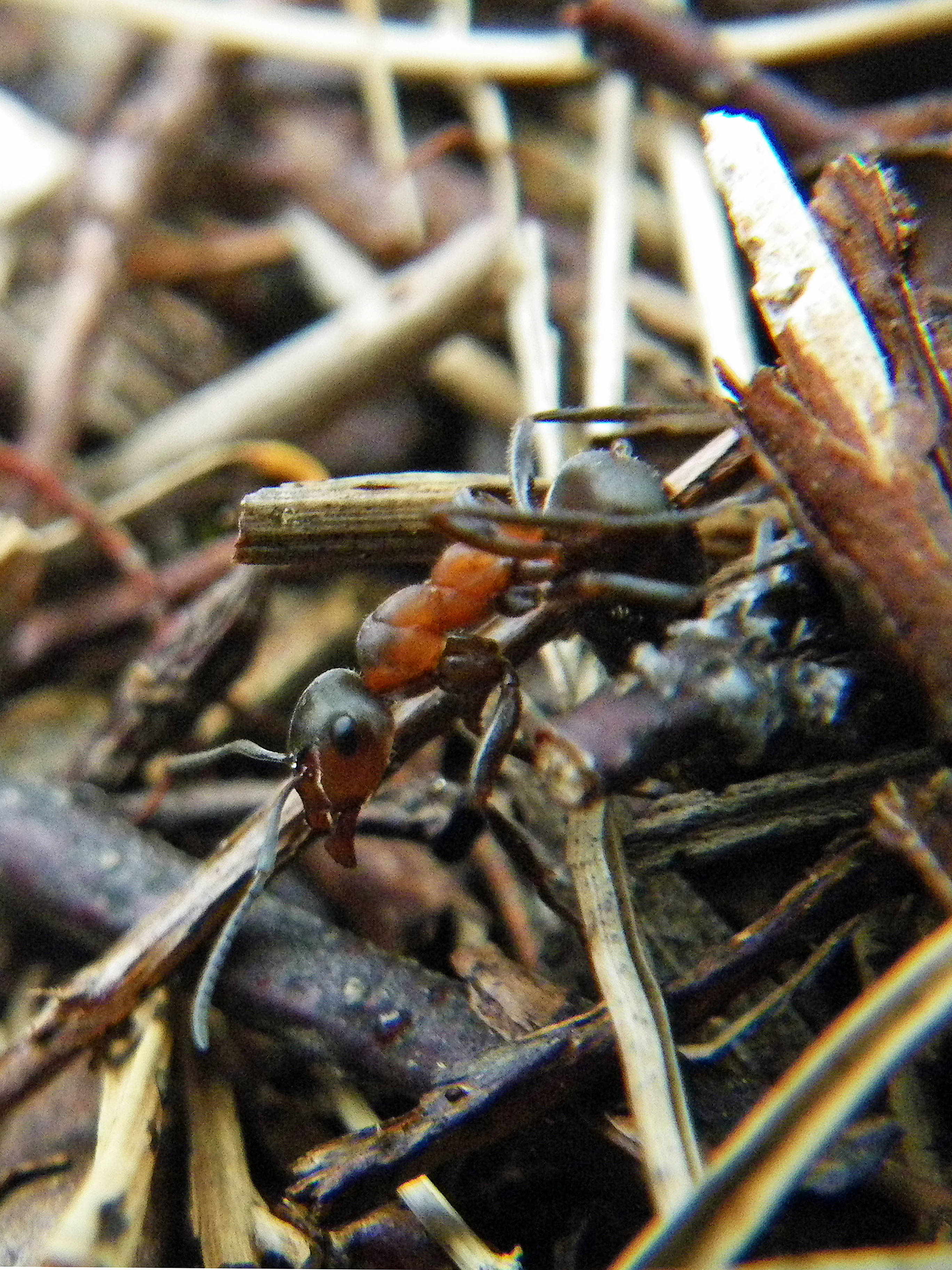12 December 2016 by Chris Cathrine | Comments: 0
Share this article:

At Caledonian Conservation we aim to benefit people and wildlife. To achieve this, we feel it is essential to share our experiences with other professional and academic ecologists to help improve best practice (within legal and commercial restrictions). This includes presenting articles in the Chartered Institute of Ecology and Environmental Management (CIEEM) In Practice publication, which is distributed to the organisation’s membership. Director Chris Cathrine has been an author of four articles in this publication, and we are pleased that we are now able to offer these publicly on the Caledonian Conservation Ltd website. These articles include:
Cathrine, C. 2015. Wood Ant Nest Translocations. In Practice 89, 14-18.
Cathrine, C. and Amphlett, A. 2011. Deadwood: Importance and Management. In Practice 73, 11-15.
To explore other publications, research posters and conference papers, go to the Caledonian Conservation publications page.
To learn more about the Chartered Institute of Ecology and Environmental Management, visit their website.
05 December 2016 by Chris Cathrine | Comments: 0
Share this article:

We’re very pleased that BBC chose to use a Caledonian Conservation photo of a frosty hairy wood ant (Formica lugubris) nest in a gallery illustrating frozen Scotland: http://www.bbc.co.uk/news/uk-scotland-38136716
Wood ant nests are masterworks of eco-architecture and sustainable design, taking maximum advantage of renewable energy and local resources. Wood ant nests are built around a tussock of grass, soil or another feature, which provides a source of heat through decay of vegetation as well as a foundation. Constructed so that the south facing side is larger and flatter to capture solar energy and allow workers to bask, before returning to brood chambers where they act as storage heaters. Finally, the thatched roof made from pine needles, heather and grass provides excellent insulation.
There are four species of wood ants (including close relatives) in Scotland: the hairy wood ant, Scottish wood ant (Formica aquilonia), slave-maker ant (Formica sanguinea) and narrow-headed ant (Formica exsecta). These species have different habitat preferences, and perform a range of important ecosystem services. Caledonian Conservation has wood ant expertise, and you can read about our nest translocation work for developments and Site Condition Monitoring surveys for Scottish Natural Heritage (SNH) on our publications page. Caledonian Conservation Director Chris Cathrine is also a member of the UK National Wood Ant Steering Group.
To learn more about wood ants in the UK, visit the website of the National Wood Ant Steering Group.
An excellent book on wood ants has also recently been published, and is highly recommended: